Top 10 Best Food Processing Companies in India in 2022
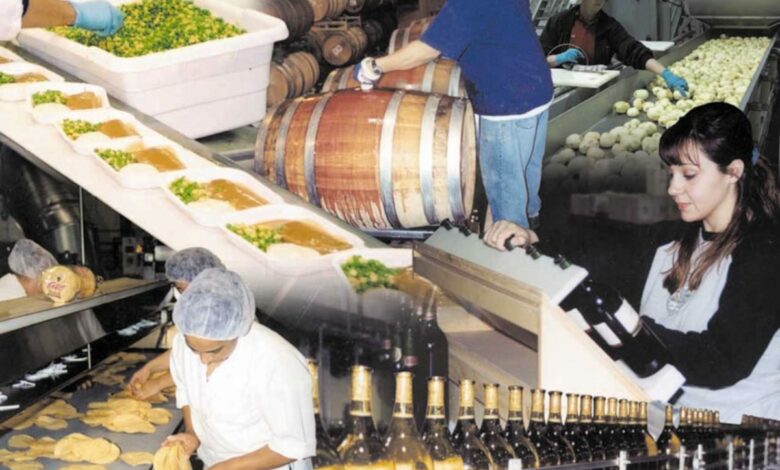
Top 10 Food Processing Companies in India in 2022
India’s Food Processing Industry
There is a significant difference between the food we grow and the food we consume—stuff undergoes a metamorphosis from raw to consumable form. Agriculture, dairy, eggs, poultry, meat, fisheries, and associated food products are all examples of food.
Processing involves using humans, equipment, and technology to transform the raw food’s physical and chemical properties.
The primary goal of food processing is to extend the shelf life of food, give it an excellent taste and look, improve nutritional content, make food easier to transport and store, and so on.
Consider our favourite tangy tomato ketchup produced from tomatoes but tastes nothing like them.
It goes through washing, mashing, pulping, flavouring, preservative additions, quality testing, packing, marketing, transportation, and finally, we purchase it from our local grocery shop. Phew!
We are familiar with and use a wide range of processed and packaged foods. This sector, known as the food processing business, has multiplied in India and now accounts for a significant amount of the country’s rising food market.
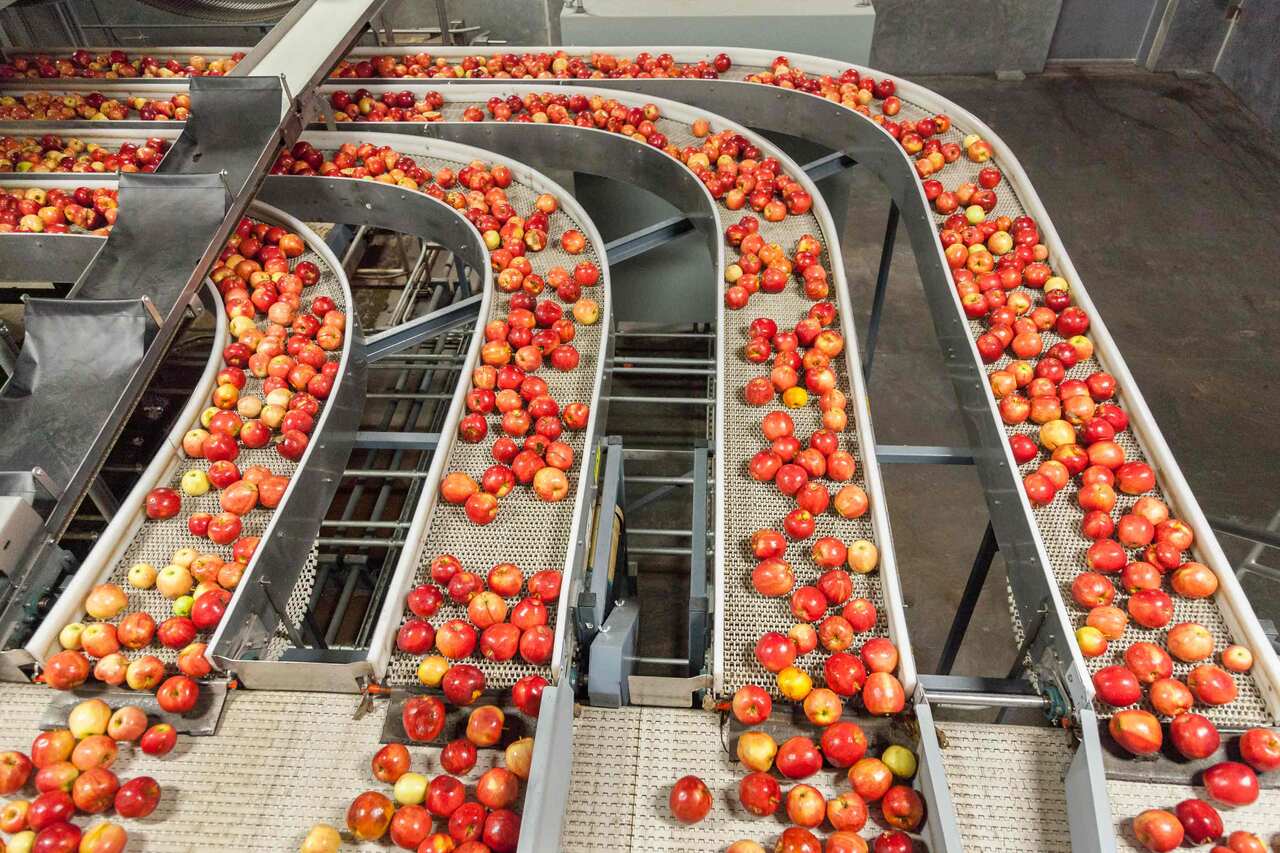
Stages of Food Processing
Food processing is divided into three stages, with the value-added to products rising with each step.
1. Primary: When raw materials are somewhat transformed, such as milling grains, dry fruits and nuts, sorting, cleaning, butchering animals, sterilising eggs, and so on.
2. Secondary: When the primary stage products are subjected to additional alterations such as juice, etc. Making bread from flour, extracting juice from fruits, and so on.
3. Tertiary: When a product is sold ready-to-eat or in a preserved, canned, frozen, or another form to extend its shelf life. This stage is what we recognise as the food processing industry.
Types of Food Processing Industries
A vast population and ever-increasing demands, combined with the country’s favourable climatic, geographic, and human resources, have resulted in various food processing companies in India. The following is a list of them.
- Grain milling
- Fruits and Vegetable Processing
- Dairy (milk and milk products)
- Eggs and Poultry
- Meat and meat products
- Fish and other marine food processing
- Bakeries
- Beverages (tea/coffee/wineries)
- Convenience foods (ready to eat or ready to cook foods)
Budget 2022: A Major Push for the Food Processing Industry
The Food Processing Industry (FPI) accounts for 32% of the overall food market, 11.6% of employment, 4.09% of output, and is India’s thirteenth-largest FDI receiver. In 2019-20, the sector accounted for 9.87 per cent of GVA in manufacturing and 11.38 per cent of GVA in agricultural, based on 2011-12 prices.
India is the world’s second-largest producer of fruits and vegetables, ranking fifth in production, consumption, investment, and export growth. The gourmet food market in India is worth $ 1.3 billion, and the organic food market is worth $ 815 million, with CAGRs of 20% and 24%, respectively. With the government allowing 100% FDI through the automatic route and improved Ease of Doing Business measures, India’s food processing sector attracted $ 904.70 million in FDI in 2019-20.
However, the sector faces significant hurdles such as market access delays, institutional gaps, a lack of standardisation, and supply chain gaps, to name a few. The government had previously developed a draught National Food Processing Policy to encourage investment in this sector and promote international competitiveness to address these difficulties and support unrestricted growth in FPI.
To help farmers select suitable varieties of fruits and vegetables, as well as use appropriate production and harvesting techniques, Finance Minister announced the provision of a comprehensive package “to help farmers select suitable varieties of fruits and vegetables and use appropriate production and harvesting techniques.” In addition, the Budget requested an allocation of INR 2,941.99 crores, which is 2.25 times or 126% greater than the previous year.
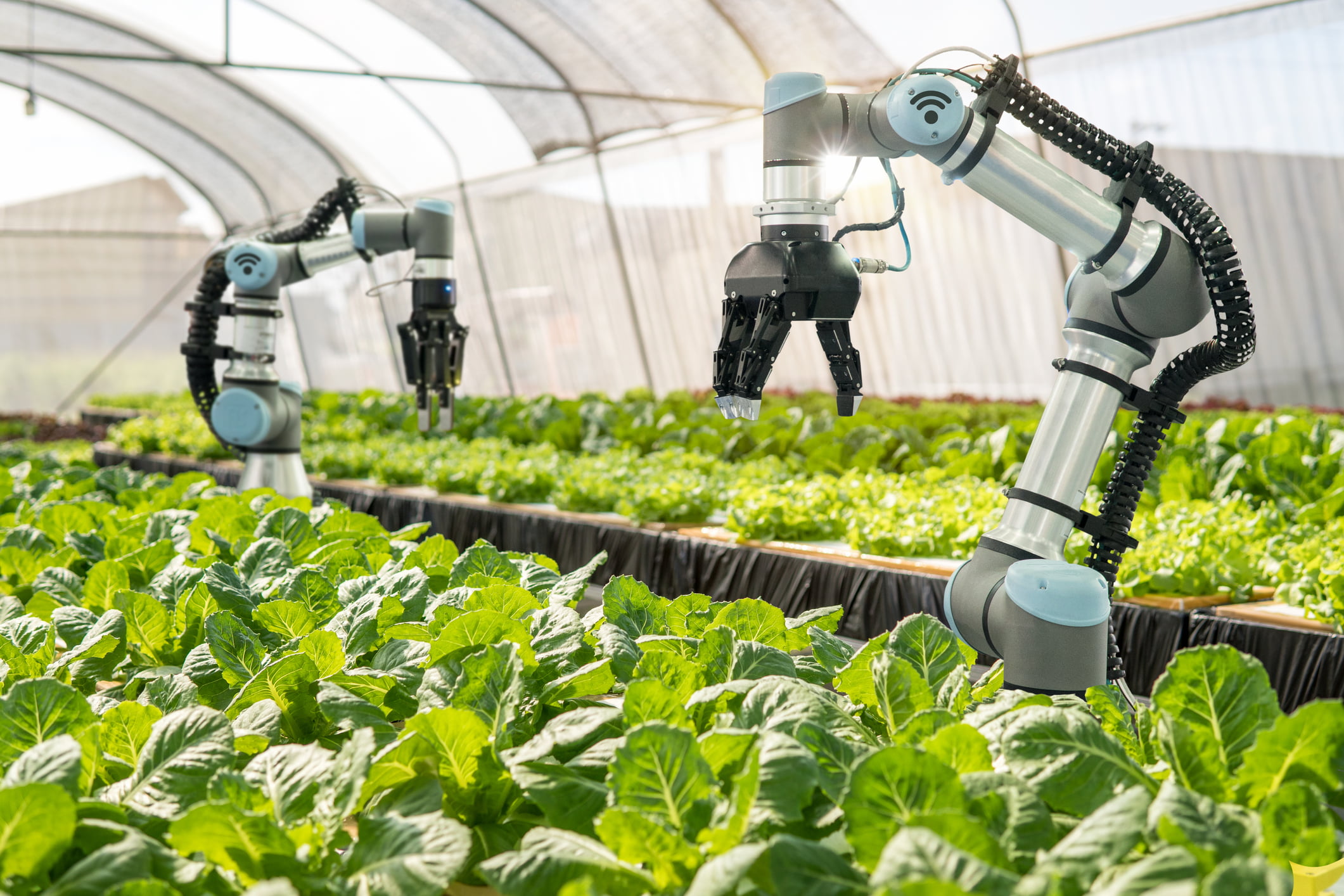
Future of the Food Industry in India
Before we can predict the future of a business, we must first understand the current state of that business. As a result, India’s food industry is one of the country’s largest, ranking fifth in production, consumption, and exports in the fiscal year 2016.
The following are some noteworthy facts concerning the Indian food industry:
- The world’s largest milk producer.
- Fruit and vegetable production is the second-largest in the world.
- The Indian food and grocery market are the sixth-largest globally, with retail accounting for 70% of total sales.
Traditional/authentic food items, such as Khakhra, are sold in advance packaging. There are around 200 Khakhra makers in Gujarat’s Rajkot city alone.
The food processing industry is one of the largest industries in India and is all set to soar heights shortly. Even the Indian government recognises that the future is bright for the Indian food industry. The Indian food retail business is expected to be valued at USD 894.98 billion by 2020.
Officials claim that the food processing sector has been growing at 12% each year. According to Finance Minister Arun Jaitley, the entire Indian agriculture value chain is destined to alter dramatically, and food processing will be one of the country’s primary sectors in the future. And we’re in good spirits right now.
It’s only going to get bigger. Much Western food and beverage corporations are already attempting to work with Indian enterprises for their packaged food items. Companies that make complete food processing lines are also interested in this region. There are more processed food exhibitors at trade events every year than before. In India, the online food ordering industry is still in its infancy, growing rapidly.
The organised food business in India, worth USD 48 billion, of which food delivery is valued at USD 15 billion, has vast potential. Hundreds of new eras of food processing will be created by keeping these facts.
There is too much potential for a new entrepreneur who would like to enter food processing like the following:
FDI Policy– 100 % FDI under government approval route for trading, including through e-Commerce for Food Products produced and manufactured in India.
Fiscal incentive: Food processing businesses are eligible for a 100 per cent income tax exemption on profits for the first five years of operation, followed by a 25% reduction for the next five years. Machinery used in the dairy industry, such as pasteurising, drying, and evaporation, is exempt from excise duty. Refrigerated containers have an excise duty reduction from 12.5 per cent to 6%. Budget 2016-17 includes reducing customs charges on cold storage-related commodities.
Mega food park: The government provides a 75 per cent grant based on the general region or a challenging area to build a Mega Food Park.
Special Fund In NABARD: They have accumulated Rs.2000 crore in funds for NABARD to grant loans for food processing plants for up to seven years.
These are just a few examples of the government’s hundreds of arrangements to develop India’s food industries, indicating that the future is exceptionally bright.
Not only are these the only reasons, but the cause of the Food Industry’s bright future is also:
- Government policies such as ‘Make in India,’ ‘Startup India,’ and ‘Make in India,’ among others;
- Increase consumer purchasing power.
- Changing lifestyle patterns
- Access to all branded food materials, even at the village level
According to the India Brand Equity Foundation studies, the Indian middle class’s spending power will treble by 2025. The Indian middle class will have a high purchasing capacity on ready-to-eat or other food goods as discretionary income and access to credit rise, which was not the case ten years ago.
Let’s examine which field of food manufacturing has the brightest prospects. Before establishing a food processing factory, any producer who wants to show food manufacturing units must evaluate the following Types of Food Product Area:
Ready to eat Food Products: Ready-to-eat food products are regarded as the closest alternative to regular food that can be consumed at any time.
Regulatory authority actions, such as the Singapore Health Promotion Board’s ongoing promotional efforts to boost awareness of frozen dinners and fish products, are driving the business.
Various Indian ready-to-eat food products, such as varied snacks and healthy snacks (Khakhra, etc.), have a lot of future demand, as the global ready-to-eat food market is expected to increase at a CAGR of 4.3 % from 2019 to 2024.
The author B.kumar is also feeling the effects of this situation, as demand for wheat-based snacks like khakhra has increased by 100 per cent as more players enter the market, and he has set up more and more manufacturing plants in the last two years alone, which were not in such high demand before 2014. B.kumar, the author, is the only Indian food consultant capable of setting up a fully automated khakhra manufacturing plant.
Edible cutlery: We’ve already noticed in recent years that the government is banning plastics and some disposable food cutlery, such as cups, dishes, and spoons, and what we’ve seen in India is just a preview of what we’ll see in India in the next ten years. For example, Author B.kumar has already had numerous queries about Edible Silverware, such as a spoon that may be eaten after a meal or thrown away.
The cutlery is automatically disposed of after 20 days due to its biodegradable status. While recently used plastic will take 400 years to decompose in the environment. And over the next 400 years, plastic will pollute the ecosystem and produce a slew of carcinogenic substances, making animals and humans even more vulnerable.
The author B.kumar is already working on two projects, one in India and the other in Germany, to establish a manufacturing plant to produce edible spoons in various flavours; these spoons are healthy food items with more fibres and tasty, flavorful food, implying that whoever establishes the plant first will be the king of the future.
Customers of that edible cutlery may be found in the United States, the United Kingdom, and much of Europe. The current industrial setup will not meet recent demands for these items. Thus, they will become more in order shortly.
Algae: At Dabur India Limited, we used to make Spirulina algae 350mg capsules in 1994, and it was in high demand for its nutritional content; it’s also a superfood. People are becoming more aware of these superfoods even now.
So, as the demand for such algae grows in the future, food manufacturers can consider making food products from these algae, such as Spirulina in the form of Protein bars, Healthy high protein powder, Capsules, Khakhra, Thepla (Spicy Flate bread-Typical Gujarati daily food), and many other items, including fortified foods. As a result, many different manufacturing plants could be viable, including algal farming, which is in high demand as an export field.
A recent study discovered that some algae species have high omega-three fatty acids and other fatty acids that benefit heart health.
You may know someone who has consumed algae. Algal flour was used in Soylent’s meal replacement drinks. Soylent removed the dubious component after being blamed for a wave of gastrointestinal problems in consumers.
According to Bloomberg, TerraVia, Soylent’s algae source, has also made individuals sick. However, since TerraVia disputes that their flour is to blame, and Soylent’s newest products still contain algae-based oil, this is unlikely to be the end of algae.
Lab-grown meat: Processed meat has been recognised as carcinogenic to humans by the World Health Organization. A link has been shown between meat consumption and antibiotic-resistant bacteria in people.
Furthermore, the animal agriculture industry emits more pollutants than all modes of transportation combined, accounting for 91 per cent of Amazon deforestation and at least 51 per cent of global greenhouse gas emissions. As a result, instead of actual meat, the future of artificially created meat in the non-veg market will be bright.
As a result, anyone who enters this field now may become a leader in the future as the need for such items grows. Life3 Biotech, based in Singapore, is also developing meat substitutes based on legumes and vegetable extracts.
Ricky Lin, the company’s founder, says he wants his product to be recognised as an ingredient rather than a replacement. “It’s difficult to tell someone who eats a lot of meat to quit eating it. Rather, we recommend that kids gradually begin incorporating plant-based alternatives into their meals to obtain the minerals and proteins required. “They’ll gradually discover that meat isn’t necessary,” he predicted.
The Top 10 Food Processing Companies in India are listed below.

1. Britannia
Britannia is India’s most valuable and trusted food brand. Its main goal is to provide low-cost, high-quality meals. It makes cheese, beverages, milk, and yoghurt under Good Day, Tiger, NutriChoice, Milk Bikis, and Marie Gold.
Biscuits, dairy, rusk, bread, cream wafers, croissants, and other foods are among the products they make. The company’s products have touched more than half of Indian households, and there are 5 million retail outlets worldwide.
Britania claims to have won the trust of a third of India’s one billion people.
Britannia’s Major Highlights
- It is India’s first fat-free business.
- The Golden Peacock National Award and the Ramakrishna Bajaj National Quality Award have been bestowed.
- Britania Nutrition Foundation was founded in 2009 as public-private cooperation. This nonprofit helps malnourished children and women in underdeveloped countries.
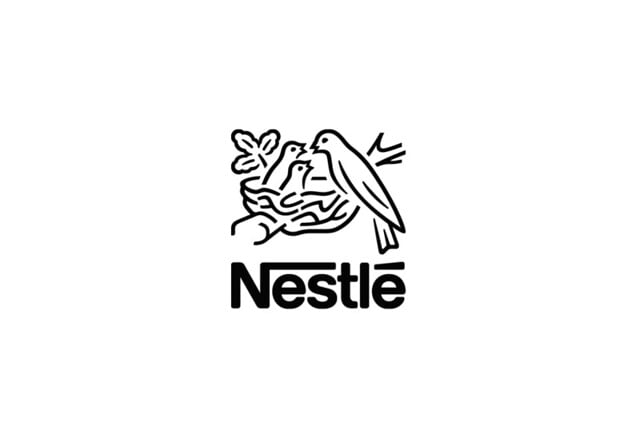
2. Nestle
Nestle is the world’s largest wellness and food-and-beverage conglomerate. It has partnered with over 2000 brands and is present in 186 countries. Nescafe, Maggie, Milkybar, Kit Kat, Bar-one, Milkmaid, and Nestea are some international quality brands with which the corporation has cooperated. It has just begun to make daily-use items such as Nestle Slim Milk, Nestle Dahi, and Nestle Jeera Raita.
In 1961, Nestle opened its first factory in Punjab. In India, it operates four offices and eight manufacturing firms. Nestle employs more than one million workers in India.
Good Food, Good Life is the company’s motto.
Nestle’s Key Highlights:
- Until 2030, the organisation has been working toward three goals:
- Assist 50 million children in living a better lifestyle.
- Assist 30 million communities in finding work.
- Make every effort to have no negative impact on the environment.
- In India, it was named ‘The Most Valuable Food Brand’ in 2016.
- It is known as ‘The Most Valuable Food Brand in India.’
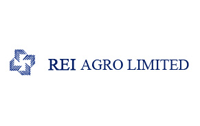
3. REI Agro Ltd
In FY21, India exported $ 4 billion in Basmati rice. REI Agro Ltd is the world’s leading basmati processing company, with a 22 per cent market share.
The rice comes from RET’s house. Agro is ISO 9001:2000 certified, ensuring a high standard of grain quality. It began operations in 1995 to produce more efficient fractured basmati rice.
Raindrops Extra Long Grain, Raindrops Gold Supreme, Raindrops Gold Royal, Raindrops Gold Super, Raindrops Daily, and Raindrops Rozan are among the company’s many brands.
REI Agro Ltd’s Key Highlights
- It is the world’s largest producer of basmati rice.
- REI Agro has preserved basmati rice for up to 18-24 months.
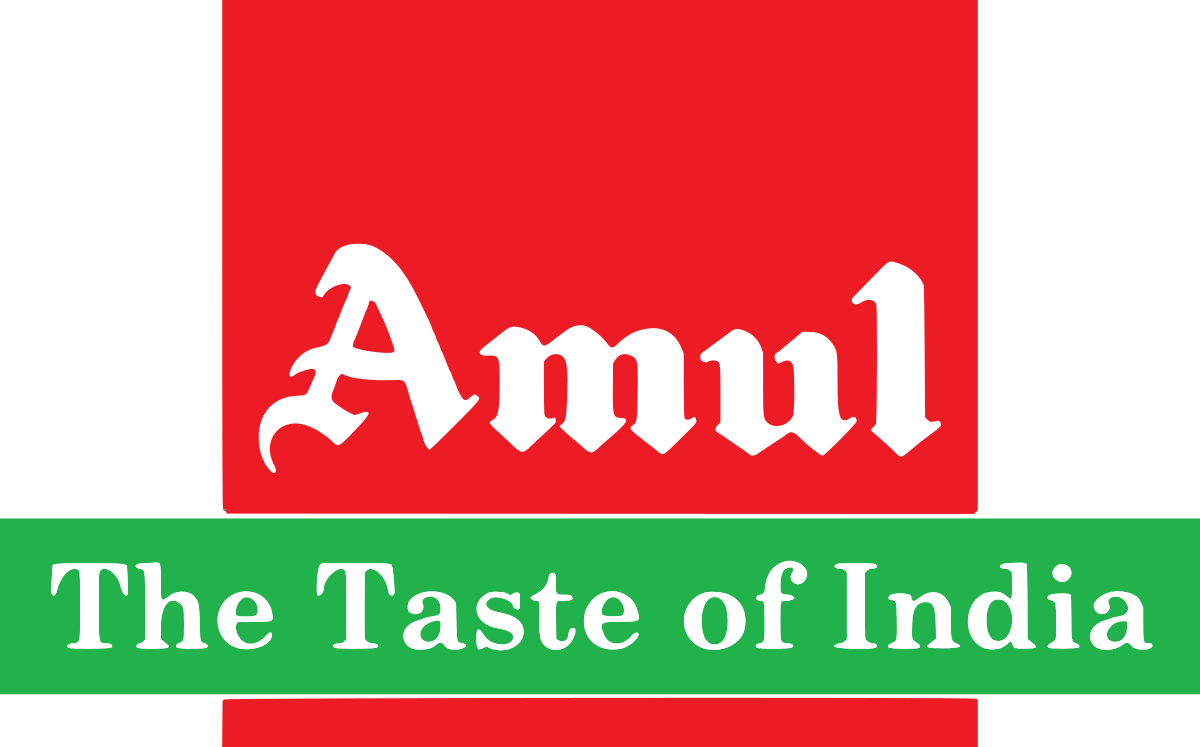
4. Amul
Amul is a milk cooperative with headquarters in Anand, Gujarat. It has been in the milk and procedure business for almost 50 years.
The company was founded to eliminate the exploitation of small milk producers in Gujarat by brokers and traders. It was founded in 1946 and is now handled by Gujarat Cooperative Milk Marketing Federation Ltd (GCMMF), which comprises around 3 million milk producers.
There are 144,500 dairy cooperative groups in India, with over 15 million milk dealers contributing their milk. This milk is sold through 184 district cooperative unions and is used by 22 state marketing federations. In 2020, Amul’s revenue was estimated to be around US$5.4 billion.
Amul’s Most Important Features
- Amul has established a direct link between the producer and the consumer.
- There are 144,500 cooperative dairy societies in the country.
- The World Dairy Innovation Awards-2020 had it as a finalist.

5. Haldiram
Haldiram is India’s fastest-growing sweets, snack, and restaurant conglomerate. It was founded in 1937 by Shivkisan Agrawal and is headquartered in Nagpur.
Saviours, sweets, beverages, biscuits, and instant food are among the company’s offerings. Nagpur, New Delhi, Gurgaon, Rudrapur, and Noida are among the company’s manufacturing locations.
Haldiram aspires to expand its business globally by supporting socially and environmentally responsible practices.
Its fundamental goals are to protect natural resources, maintain transparency, and foster a positive work environment.
Haldiram’s highlights include:
- It is well-known for its delicious, authentic products.
- According to their website, Haldiram is honoured to be a member of the Snacks Food Association (SFA) in Virginia, including world-renowned food product makers.
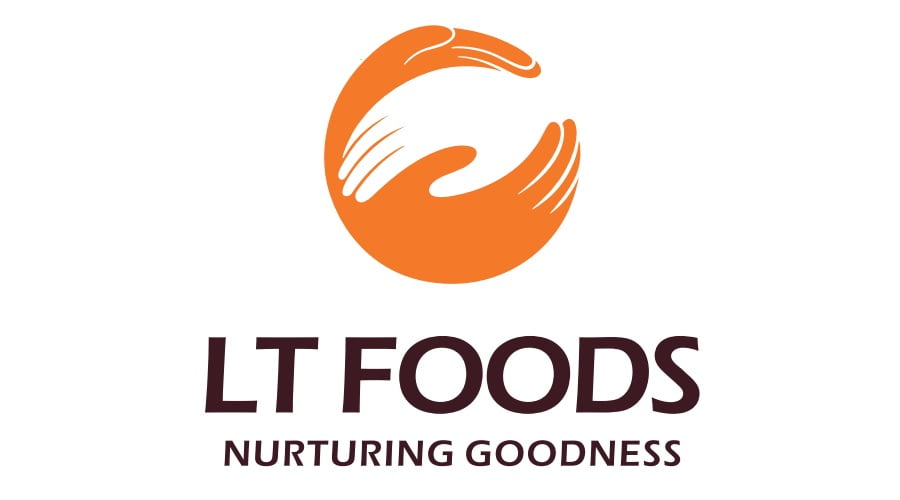
6. LT Food
The LT Food Company is India’s most well-known rice distributor. It was founded in 1980 by Father Shri Raghunath Arora.
The business sells branded rice, wheat, pulses, healthy snacks, spices, and other nutritious items like brown flax seeds and cashew nuts.
It also produces brown rice as well as a range of rice-based treats. The company operates a flour mill in Bhopal that is ISO 22000-2005 certified by SGS, the UK for ‘Paddy receipt, processing, packing, and shipping of Rice’ and has a monthly capacity of 300 tonnes extendable.
Bahalgarh also houses the company’s largest plant, which is ISO 14000 certified. In Maharashtra, it also operates a repacking facility. LT Food is present in 50 countries and employs over 900 people worldwide.
The company’s flagship brand is Dawat.
Food Highlights on Long Island:
- It integrates the fundamental drivers of farmer participation, sustainability and market linkages.
- For 2020, it has been awarded a Large Value Chain on Basmati Rice.
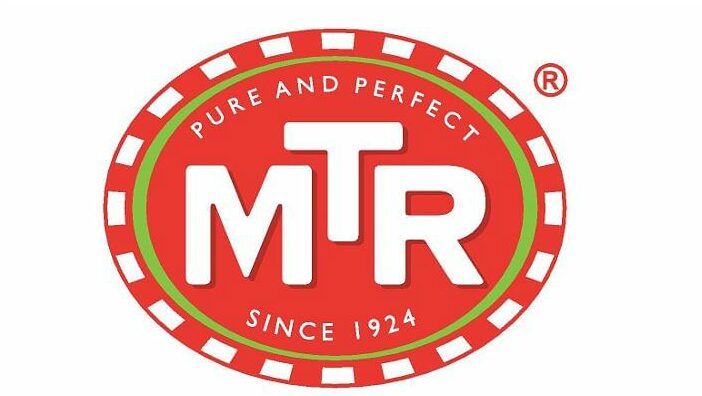
7. MTR Foods
When it comes to the Indian Heritage cuisine brand, MTR foods is unbeatable. It makes pickles, beverages, desserts, masalas, ready-to-eat, spices, and vermicelli, among other things.
The business offers Indian snacks, Indian sweet recipes, ready-to-eat cuisine, masalas, South Indian breakfast, and other Indian dishes.
It teamed up with Orkla, a Nordic corporation, in February 2007. Orkla Foods Nordic, Orkla Food Ingredients, and Orkla Brands International are the four business segments of the Orkla worldwide corporation.
MTR food both preserves and ensures the safety of traditional Indian cuisine.
MTR food highlights include:
- MTR Food is noted for its commitment to preserving traditional Indian food culture while maintaining high standards.
- It has been named the winner of the Triple-A Country Awards 2020. Hong Kong’s Best Green Bond Award

8. Parle Agro
Parle Agro is an Indian food and beverage corporation with headquarters in Mumbai. Frooti, Appy, Appy Fizz, Bailley, Bailley Soda, Dishoom, and Frio are among the company’s brands.
It makes fruit drinks, nectars, sparkling drinks, and carbonated soft drinks, among other things.
Parle Agro, founded in 1984, has 4050 employees, 84 production sites, and a revenue of Rs. 6500 crores.
Parle’s major achievements include the introduction of India’s first fruit-based drink and the first baked snack. It was named the beverage category’s best performance in sales growth.
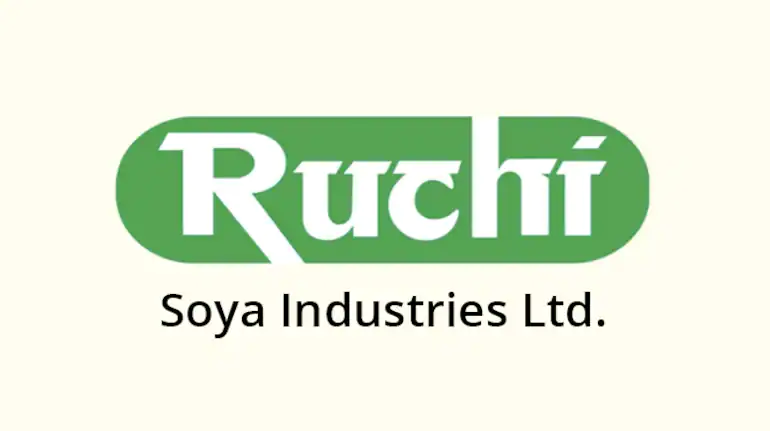
9. Ruchi Soya
In the market for edible oils, India is ranked fourth. Ruchi Soya is India’s largest cooking oil manufacturer and palm plantation enterprise.
Biscuit Division, Ruchi sunshine oil, sun-rich oil, natural oil, and nutrela soya meals are some of the company’s goods. Ruchi star soyabean oil, vanaspati, bakery facts, and other novel made products.
It has 500 clients and manufactures and exports soya-based nutritional ingredients and goods to over 60 countries worldwide. Patanjali Ayurved took over in 2019.
Ruchi Soya is India’s largest oilseed solvent extraction and edible oil refining company, with the following highlights.
More than a quarter of the country’s soya crop is processed by Ruchi Soya.
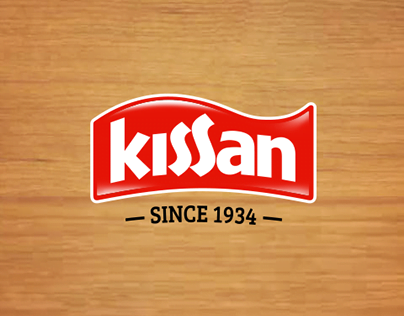
10. Kissan
Kissan was the first food and vegetable firm in India. It is well-known for its high-quality ingredients. Brooke Bond is a model and actress. Kissan was imported to India in 1993, and it is now an integral part of Hindustan Unilever Limited (HUL).
Kissan makes jam, drawings, peanut butter, and squash, among other things. Natural ingredients, fresh veggies, and fruits are the company’s main focus. Kissan’s competitors include Everest, Delica Delights, Mansa, and Samas.
Kissan’s highlights include:
- It has played a significant influence in the growth of India’s raw materials sector.
- The Asian Centre for Corporate Governance & Sustainability presented HUl with the Best Governed Company Award during the 7th Asia Business Responsibility eSummit & Awards Ceremony.
Conclusion:
India has established itself as a global leader in the food processing industry.
So there you have it: India’s top ten food processing companies. You could look for more information on each company’s website.
Edited and published by Ashlyn Joy




